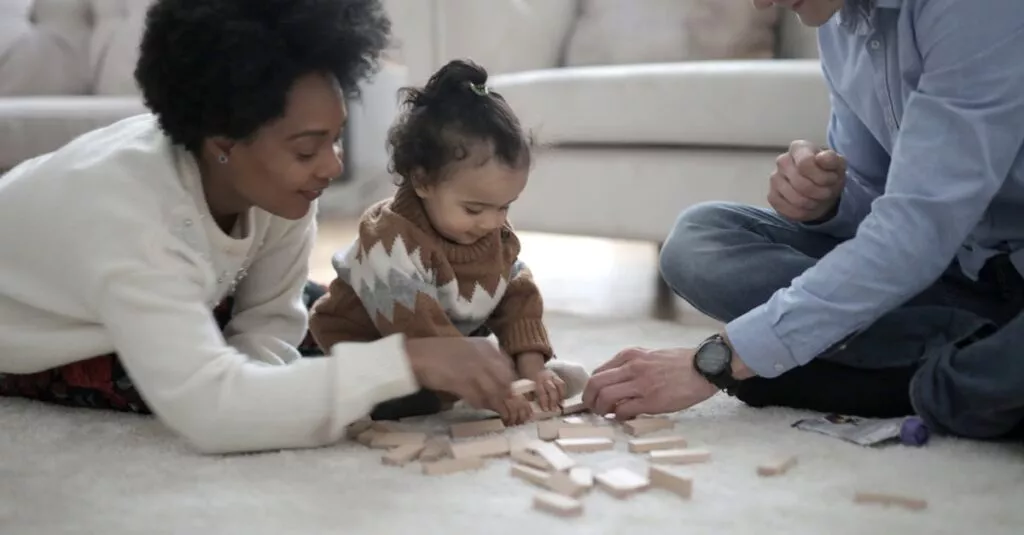Understanding Non-Verbal Cues in Toddlers
Toddlers often struggle to express themselves with words, making non-verbal communication crucial. Reading and responding to their cues can help you understand their needs. Recognizing signs like eye contact, facial expressions, and body language can make a huge difference in discipline. It also helps build trust and comfort, making your toddler feel understood.
Image Source:

The Power of Facial Expressions
Your face says a lot more than you might think – especially to a toddler. Smiling can show approval, while a stern look can mean ‘no.’ Being aware of your facial expressions can help you guide your toddler’s behavior. They often mimic what they see, so your expressions can set a powerful example.
Image source:

Gestures Speak Louder Than Words
Simple gestures can communicate volumes to your toddler. A thumbs up can signify ‘good job,’ whereas a wagging finger can indicate disapproval. Toddlers learn through observation and imitation, so consistent and clear gestures help them understand expectations without needing lengthy explanations.

Tone of Voice Matters
The way you say something can be just as important as what you say. A calm and gentle tone can soothe a frustrated toddler, while a sharp tone might escalate their emotions. Modulate your voice to match the message you want to send. Your tone helps create a positive and reassuring environment.

Personal Space and Physical Touch
Physical touch and respecting personal space are key in non-verbal communication with toddlers. A gentle pat on the back or a hug can reassure them, while invading their personal space can cause discomfort. Use touch to comfort and correct, respecting their boundaries to foster trust and security.

Combining Verbal and Non-Verbal Communication
For effective discipline, combine verbal and non-verbal communication. Use words alongside gestures and facial expressions to reinforce your message. This dual approach helps toddlers understand better and feel more connected to you. By syncing your verbal and non-verbal cues, you create a consistent and clear method of communication.

